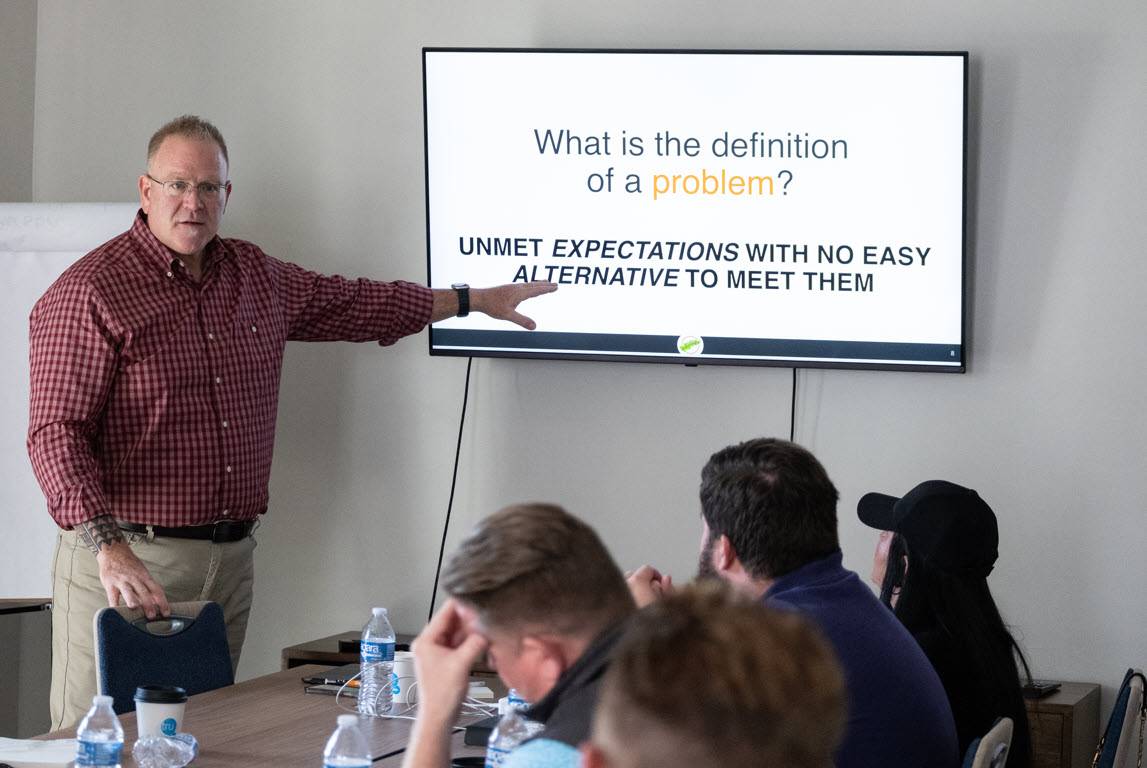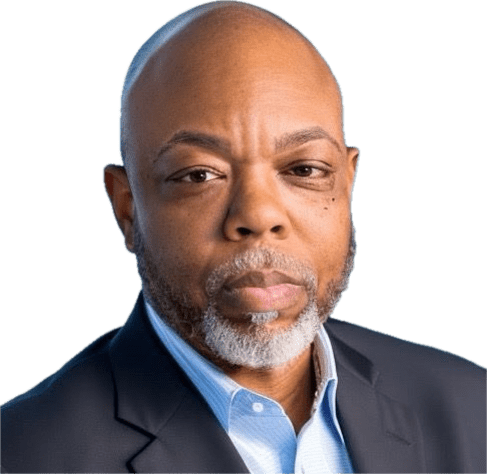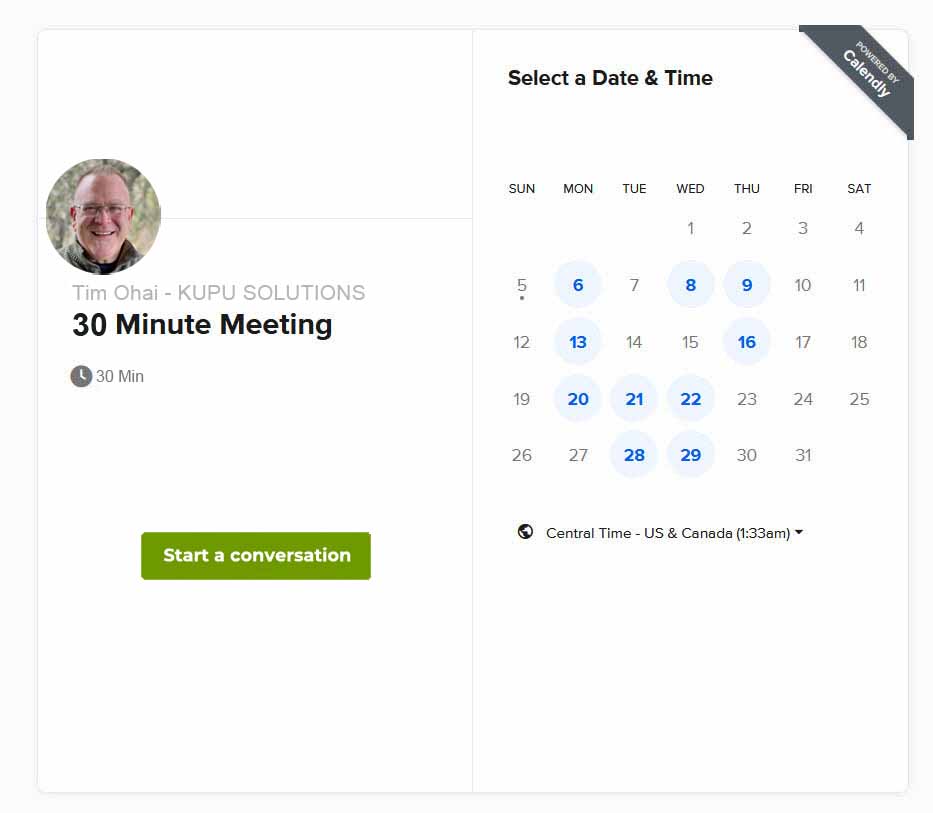Tim Ohai
Executive Coach
Business Consultant
Leadership Content Creator
E komo mai…
clients
















This page is a platform for both my business and personal engagements. More specifically, you can find any of the following topics covered here:
- Executive coaching to become the best version of yourself
- Business consulting to build high-performing teams
- Leadership content (books, podcast, and my personal blog) to drive strategic execution
These topics have become the cornerstone of what I stand for personally – and what I am building a community upon. This community is packed with like-minded individuals like Jack, who says, “I’m not just selling more—I’m living better. More balance, less inner turmoil.”
And that’s the goal. Let’s be the best version of ourselves.
How May I Help You Grow?
How Tim Can Help
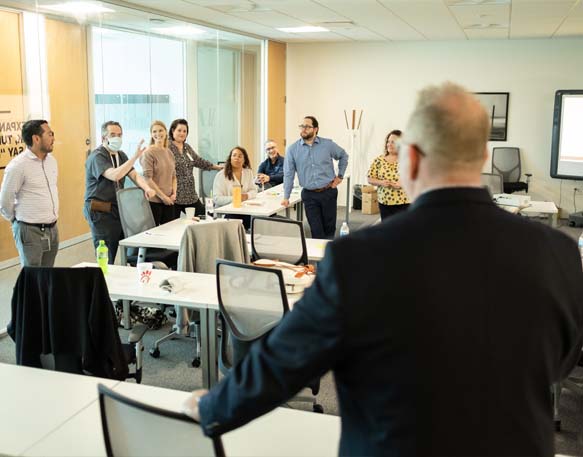
My Business
Kupu is the Hawaiian word that means “to sprout or grow suddenly; to quickly rise to high position.” I provide consulting and coaching solutions that drive greater effectiveness – both for the organization and the individual.

My Podcast
Without a doubt, the single most common problem that I am seeing in business is poor execution. Unfortunately, most folks think that directing people back to the plan is the solution. It’s not. In this podcast, I talk with executive leaders, where we explore both their mistakes and the lessons they have learned in their pursuit of excellent execution.

My Blog
My blog is focused on what it takes to truly be the best version of ourselves. You will find everything from how to execute strategy to how to manage personal stress.
Clients RAVE about Tim
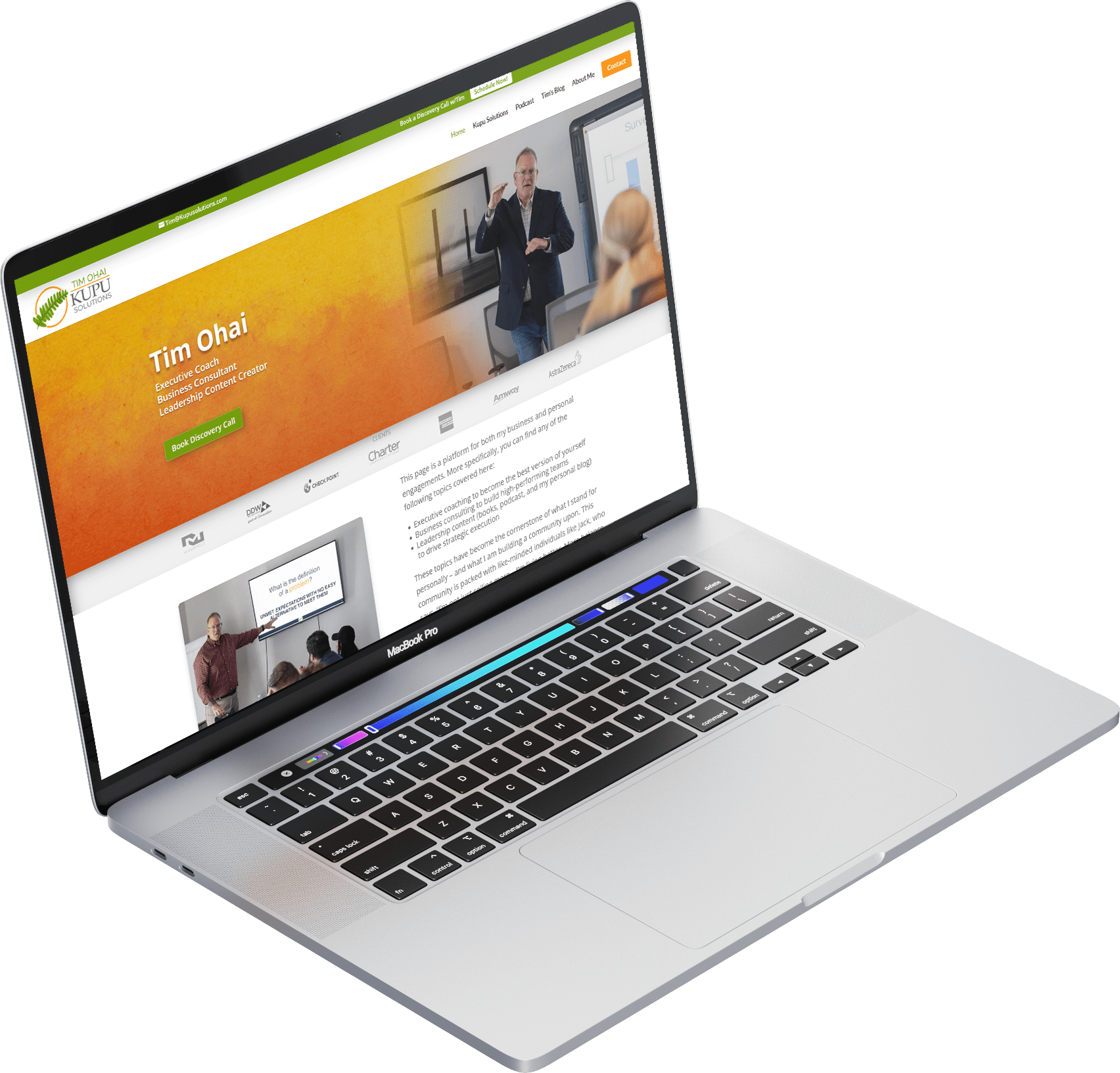
Join Tim's Newsletter
You may subscribe directly to the blog and notifications of any new content by using the button below.

